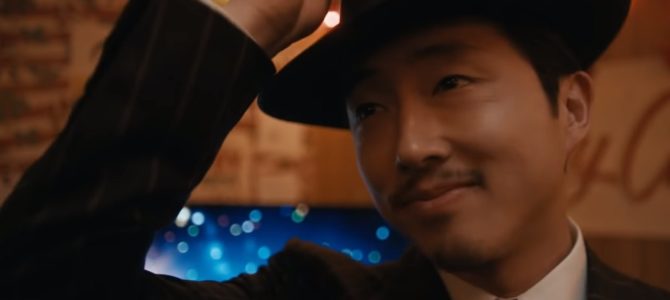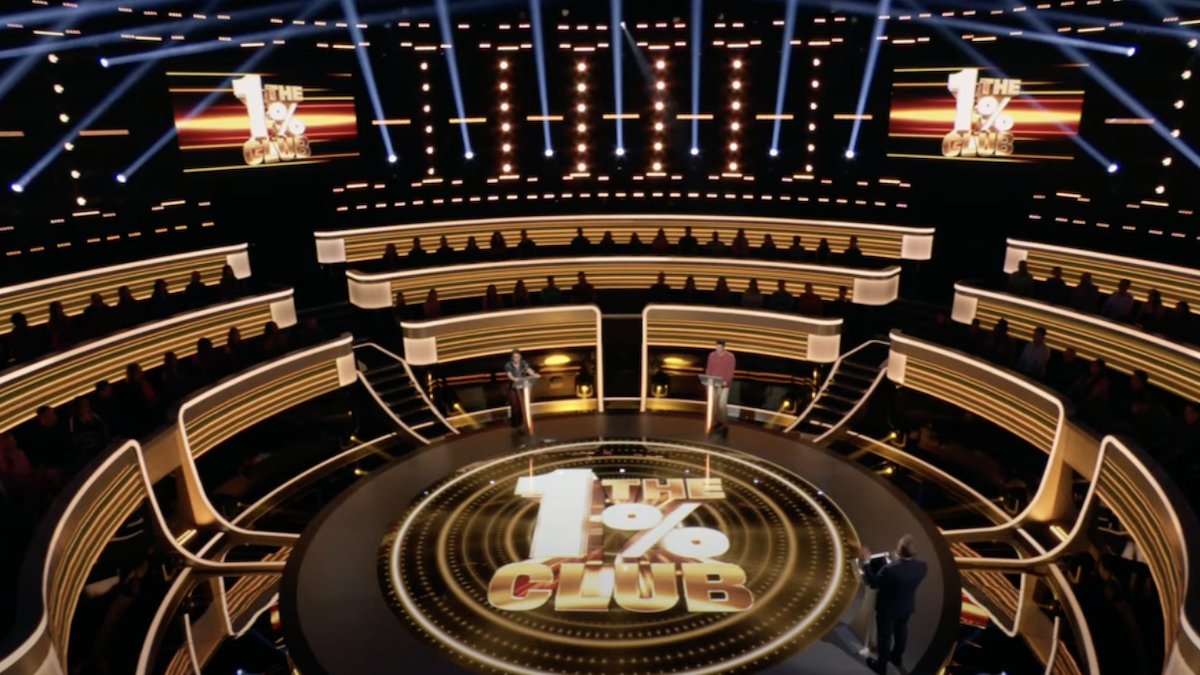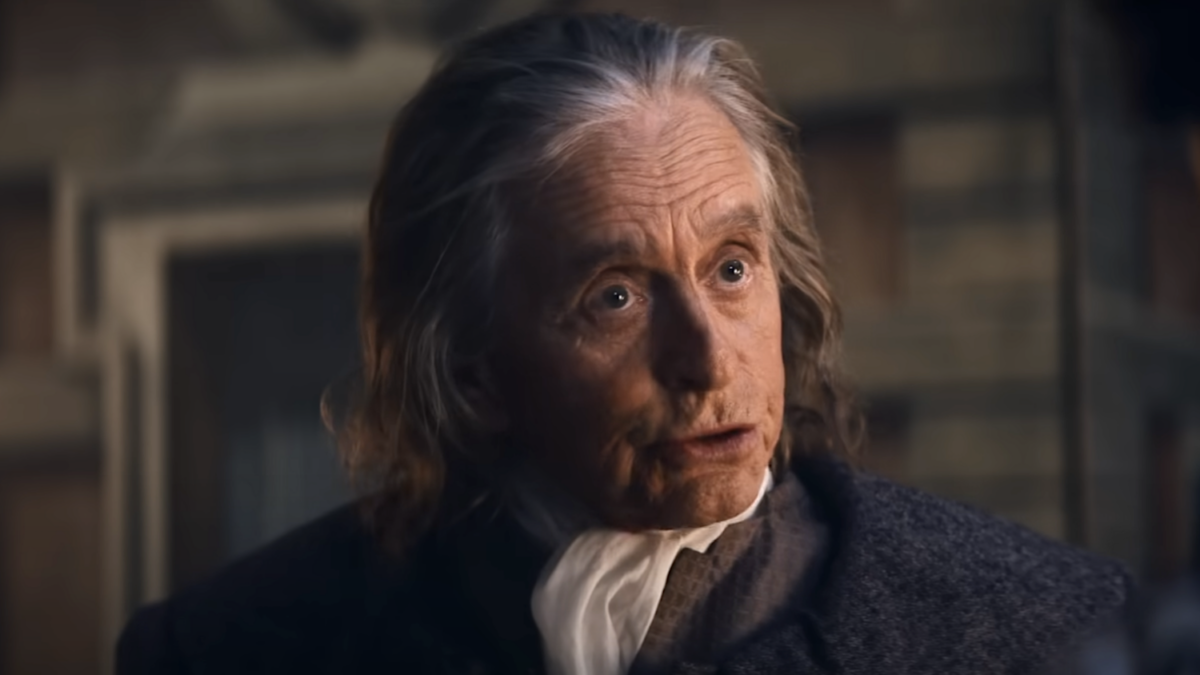
“It is the middle ground between light and shadow, between science and superstition, and it lies between the pit of one’s fears and the summit of one’s knowledge. You are now traveling through a dimension of imagination. You’ve just crossed over into The Twilight Zone.”
This is the opening sequence of Jordan Peele’s “Twilight Zone” reboot, which just concluded its first season on CBS All Access. Fans will recognize these familiar lines from the original 1959-1964 series, but few will notice a very slight edit. In the original series, the line was: “and it lies between the pit of man’s fears and the summit of his knowledge.”
It may feel petty and nitpicky to point out such a near-imperceptible change, but this clearly wasn’t just a slip-up. The re-creators evidently did think it necessary to change “man” and “his” to the gender-neutral “one.”
This little tweak is the perfect microcosm of what is wrong with the latest “Twilight Zone” iteration, which ham-fistedly projects its values onto history. It is so caught up in itself that it can’t face the complexity of history or human nature. It trades the magic of the original for something more glitzy, but ultimately less satisfying.
The Reboot Lets Agenda Get In The Way Of A Good Story
Here is a quick and dirty summary of a few episodes from this latest “Twilight Zone” reboot (look here for a more thorough breakdown of “The Twilight Zone’s “plots):
- In “The Traveler,” a female Alaskan-Native cop is provoked to resent her white coworkers by her drunk brother and an alien. Her white boss spouts Christian platitudes while being a prideful jerk.
- In the convoluted space/Armageddon drama “Six Degrees of Freedom,” the crew to Mars consists of two utterly forgettable, non-threatening white men, an Australian woman who chose her job over her marriage, and a biracial American woman. Their captain is black and a lesbian.
- In “Not All Men,” a meteor shower gives men the excuse they’ve been dying for to become murderous, violent rapists. The only one who resists is a gay teenage boy.
What on earth does any of this have to do with the story? Nothing, and that’s the problem. There’s nothing wrong with trying to give screen time to underrepresented groups. But like the nitpicky opening sequence switch, the recreators have performed verbal acrobatics to insert a political agenda where it does nothing to serve the plot. In place of three-dimensional characters, there are only caricatures. Instead of inviting us to explore the human condition as peers, it shows contempt for characters and viewers alike.
‘Twilight Zone’s’ Creator Wasn’t A Social Justice Warrior
The genius behind the original “Twilight Zone” series was its creator, narrator, producer, and prolific writer Rod Serling. Without a doubt, Serling was a trailblazer and a maverick. He didn’t shy from controversial topics of the day.
He wrote famous episodes like “The Monsters Are Due on Maple Street,” which decried the communist witch-hunts of the McCarthy era. He also wrote “The Shelter,” a vicious indictment of nuclear war, the mob mentality, and the breakdown of civility. Other episodes like “The Obsolete Man,” and “The Mirror” tackled the totalitarian regimes that dominated the era. “Dust” and “I Am the Night. Color Me Black” deal with racism and fear of the outsider.
Despite this, he was not the ideal hero of today’s social justice elite. Serling and his peers were born in 1920s America. They were straight white men, veterans of World War II. The original series portrays the gender norms, patriotism, and theology that almost anyone in their time would have espoused. All the original “Twilight Zone” astronauts were white males. Sex was binary. In the episode, “Long Live Walter Jameson,” a man quips that his fiancé might have to be the primary breadwinner in their family—an obvious joke meant to playfully scandalize a 1960s audience.
So how can today’s rebooters still admire Serling and his work? By projecting their own values onto him and sanitizing his work for today’s audience. Change a “him” to “one.” Make all the protagonists female. Instead of having to reconcile our differences with the past, the show is simply rewritten to suit today’s cultural norms.
The Original Focused on the Magic of Human Experience
One very simple criticism is that the new “Twilight Zone” is just a bummer. Every episode is a fire-and-brimstone sermon on all the ways we’re racist, biased, and sexist. In the Church of Social Justice, there is no redemption, only judgment.
The original “Twilight Zone” made no such condemnations. Yes, it packed a moral punch and convicted the audience. Yes, it told dark stories about aliens taking over the world. But it also told beautiful stories about an old man cheating death to save a little girl. Or about a drunk gunslinger getting a second chance at life. Or about hillbillies bringing their dogs to heaven.
In one of Serling’s many excellent quotes, he says, “All writers are born, they are never made. The talent to recreate in language, the experience of life is, has to be God-given.” That’s what “The Twilight Zone” did. It told stories about what it meant to experience life—the good, the bad, the whimsical, the horrible, and the fantastic. It captured some of the magic of what it means to be alive. Sadly, the same can’t be said for the reboot.









